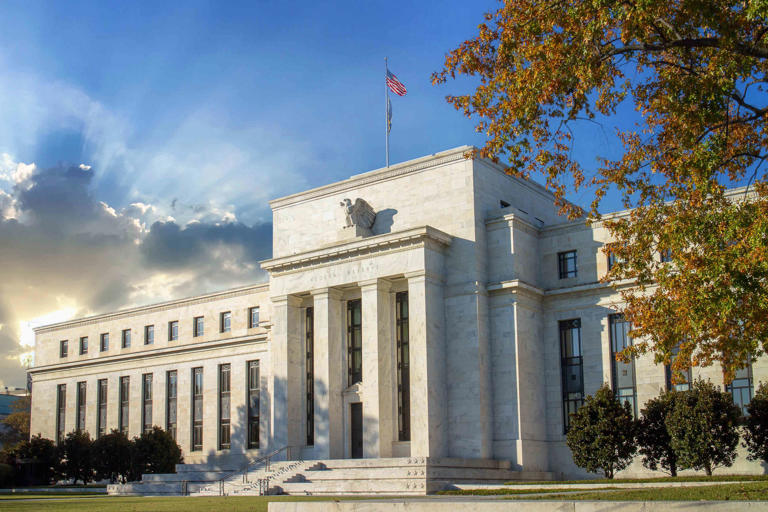Each year, the Federal Reserve administers a crucial stress test to major financial institutions across the United States. Designed as a safeguard following the 2008 financial crisis, these stress tests assess whether banks are adequately prepared to endure severe economic downturns. The tests involve subjecting banks to a hypothetical scenario that includes drastic economic conditions, such as plummeting real estate prices, soaring unemployment rates, and other challenging factors.
In the latest round of stress tests, all 31 banks examined by the Federal Reserve met the stringent capital requirements set forth, despite facing hypothetical losses totaling nearly $685 billion. This resilience is a testament to the regulatory reforms enacted in the aftermath of the financial crisis, which aimed to prevent a recurrence of the instability that led to the Great Recession.
However, while the banks demonstrated their ability to maintain sufficient capital reserves under severe stress, there were indications of diminished strength compared to the previous year. Vice Chair for Supervision Michael S. Barr noted that while this year’s stress test severity mirrored that of previous years, banks experienced higher losses due to riskier balance sheets and increased operational expenses.
Key challenges highlighted in the stress test results included heightened credit card losses driven by larger outstanding balances, as well as corporate credit portfolios that exhibited higher levels of risk. Additionally, banks faced constraints with lower revenue from fees, limiting their capacity to offset losses effectively.
Despite these challenges, the Federal Reserve emphasized that large American banks remain fundamentally sound and well-positioned to navigate significant economic challenges. The stress test serves as a critical tool for regulators to monitor and understand how risks are evolving within bank balance sheets. It also assesses whether banks have sufficient capitalization to withstand severe economic shocks, thereby ensuring the stability of the financial system.
The stress test results underscore the ongoing importance of regulatory oversight and prudent risk management practices within the banking sector. By identifying vulnerabilities and areas for improvement, regulators can work with banks to enhance their resilience and mitigate systemic risks. This collaborative effort between regulators and financial institutions is crucial in maintaining confidence in the banking system and safeguarding against future economic crises.
In conclusion, while the latest stress test results indicate some softening compared to previous years, they reaffirm the overall resilience of large American banks. Continued vigilance and proactive measures will be essential to bolstering the sector’s stability and ensuring its ability to support the broader economy through periods of economic uncertainty.
